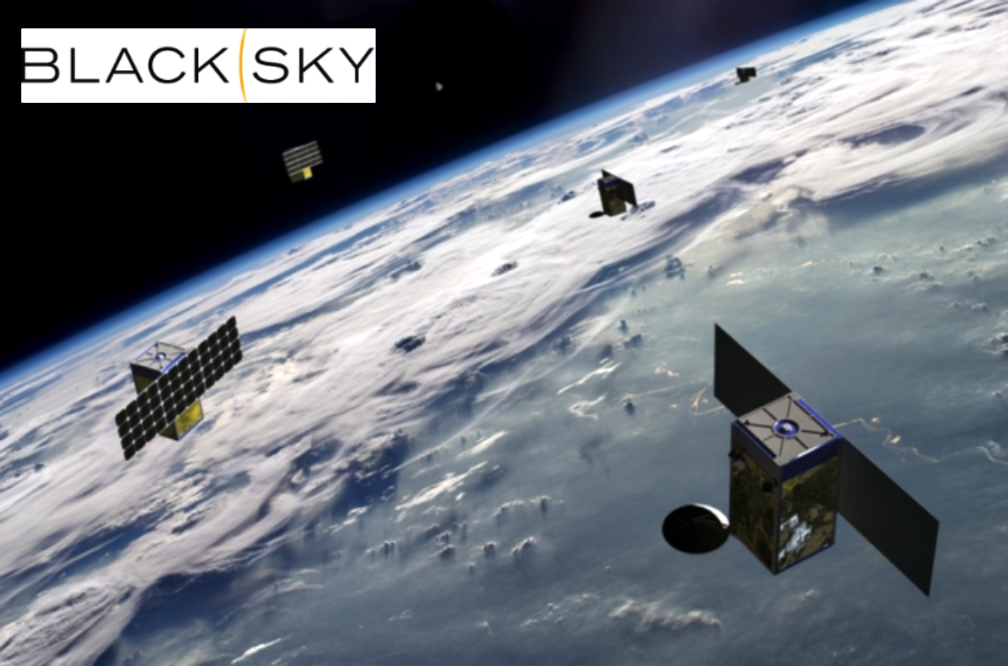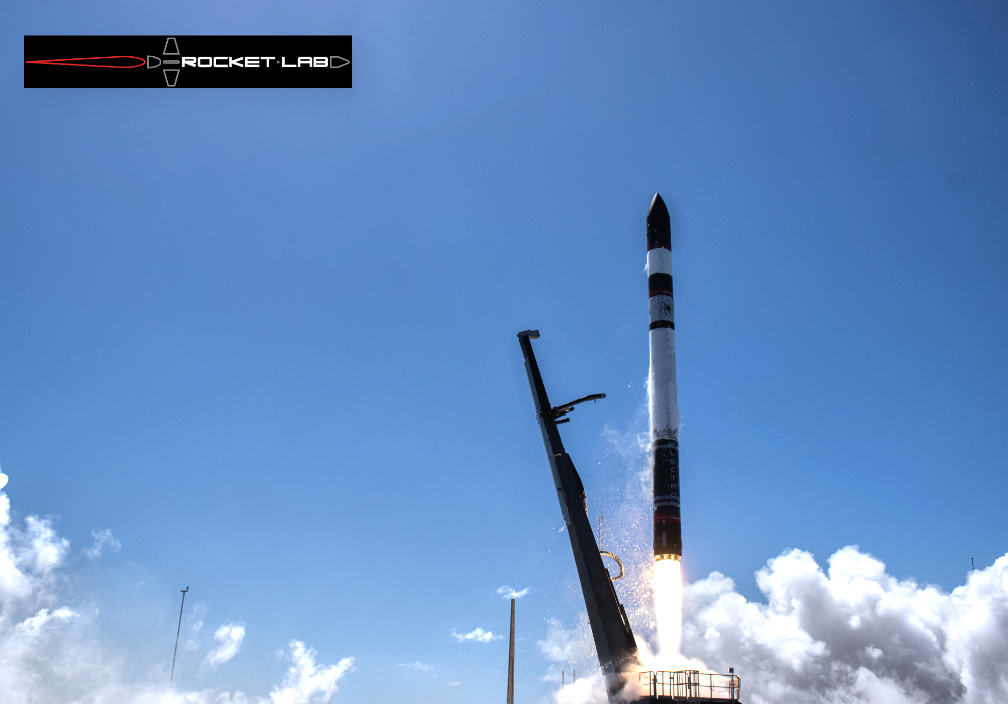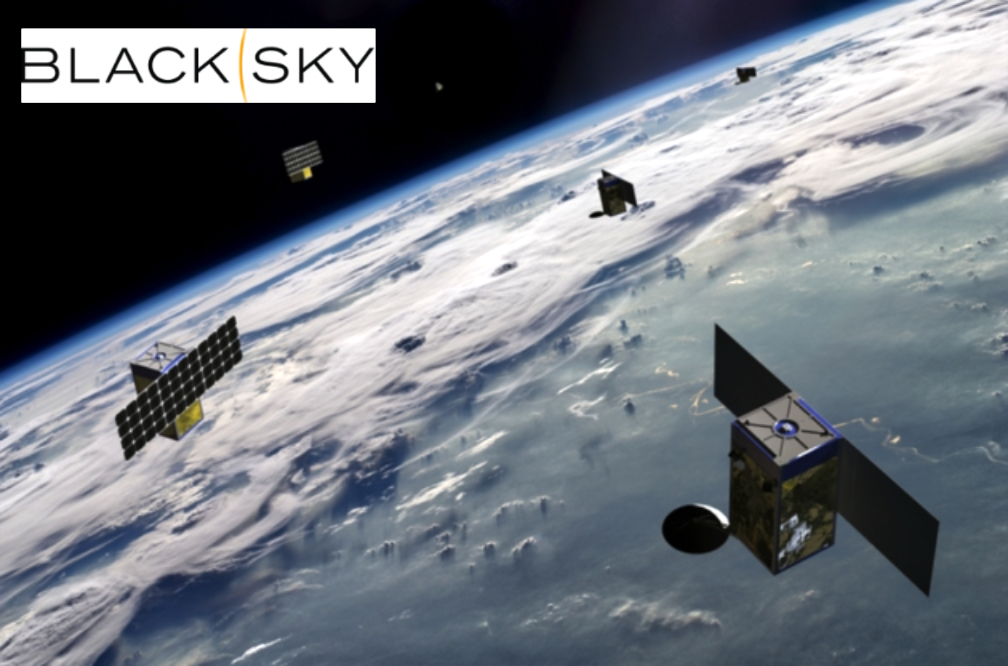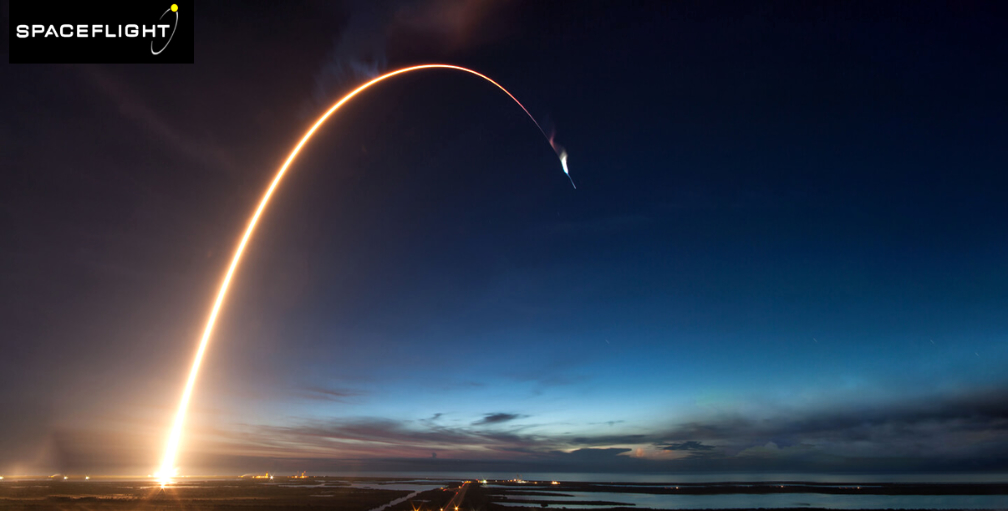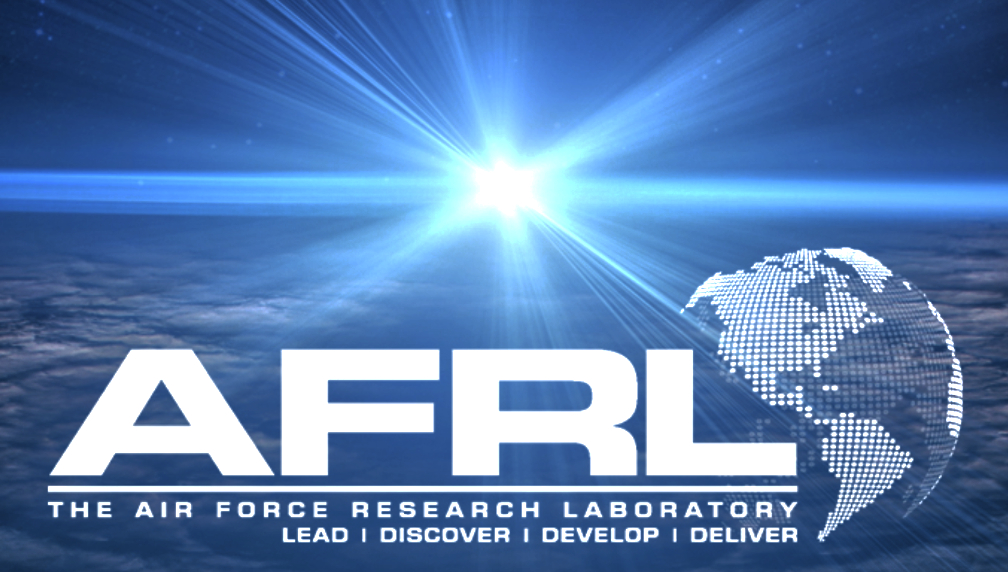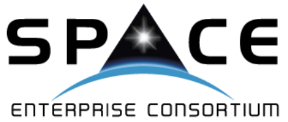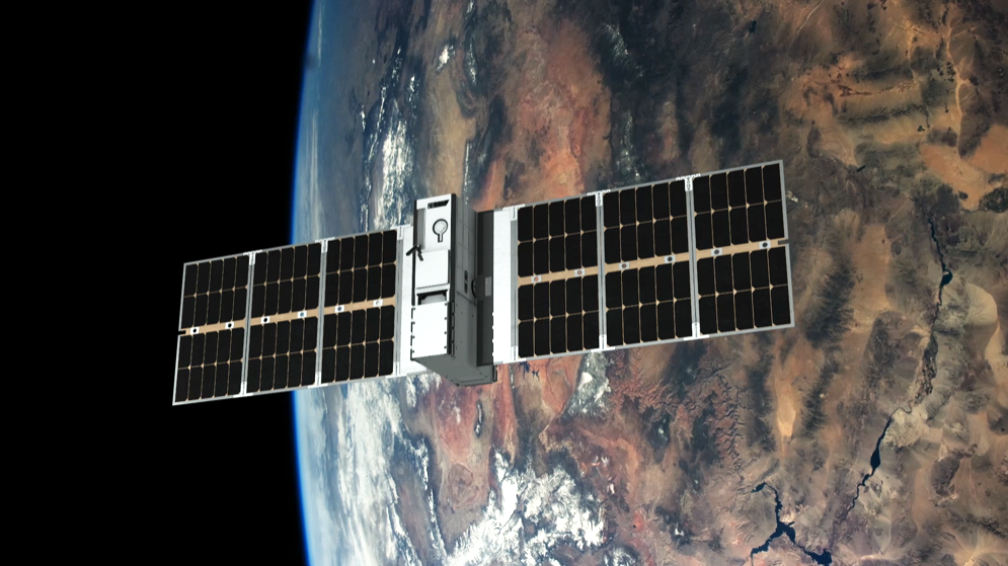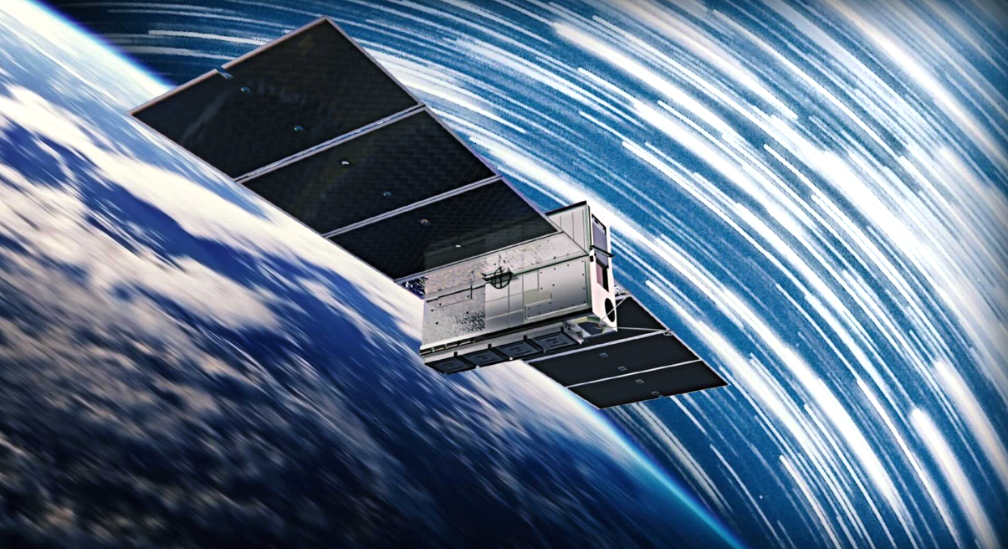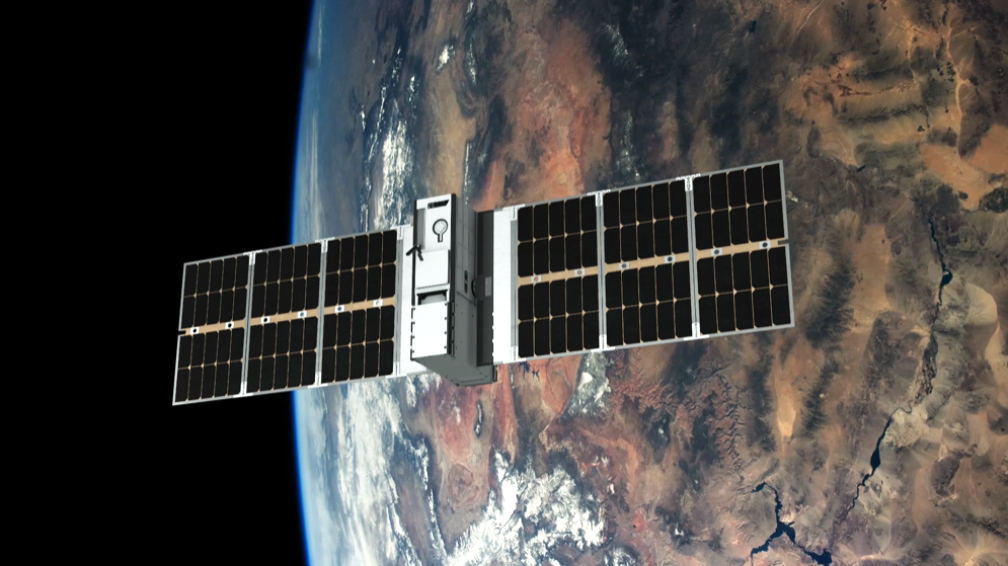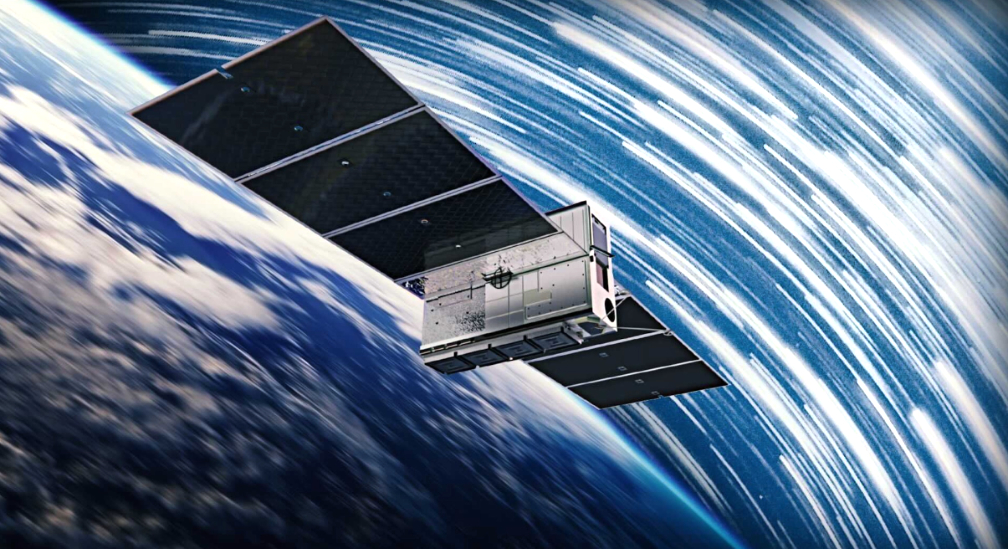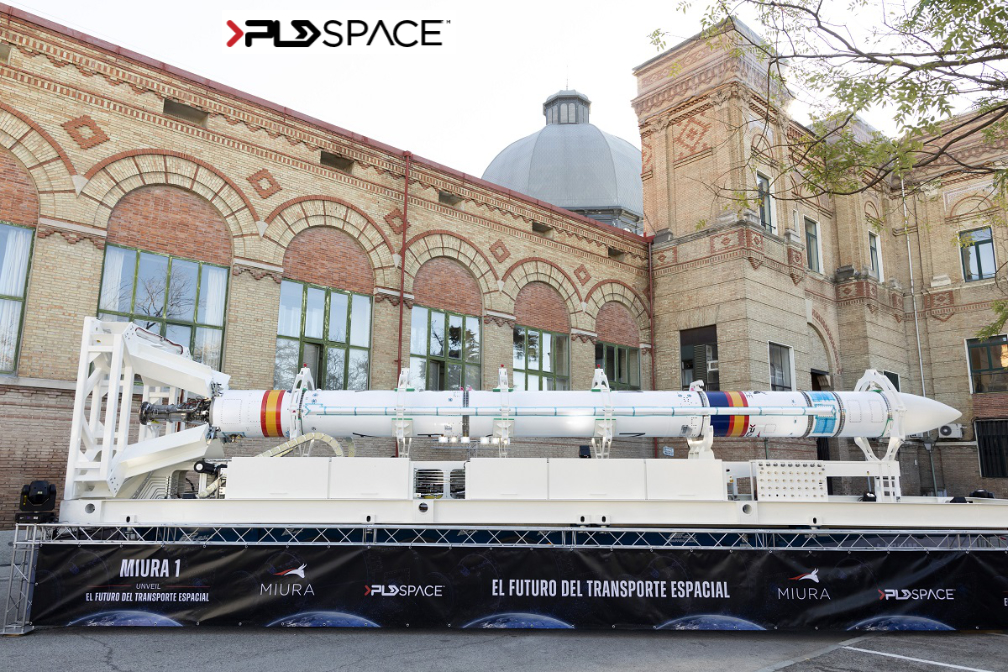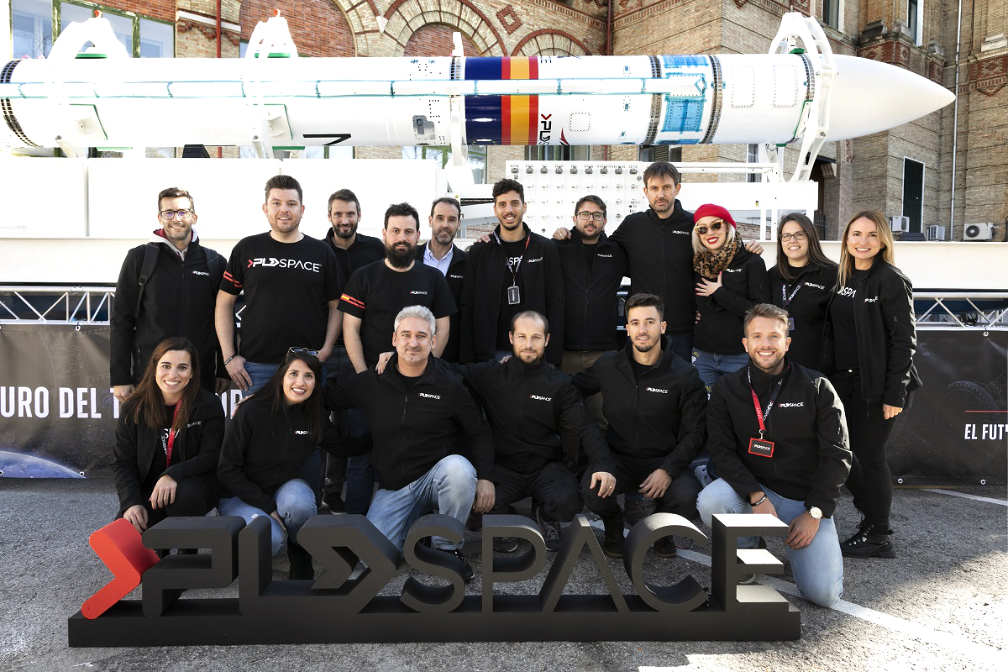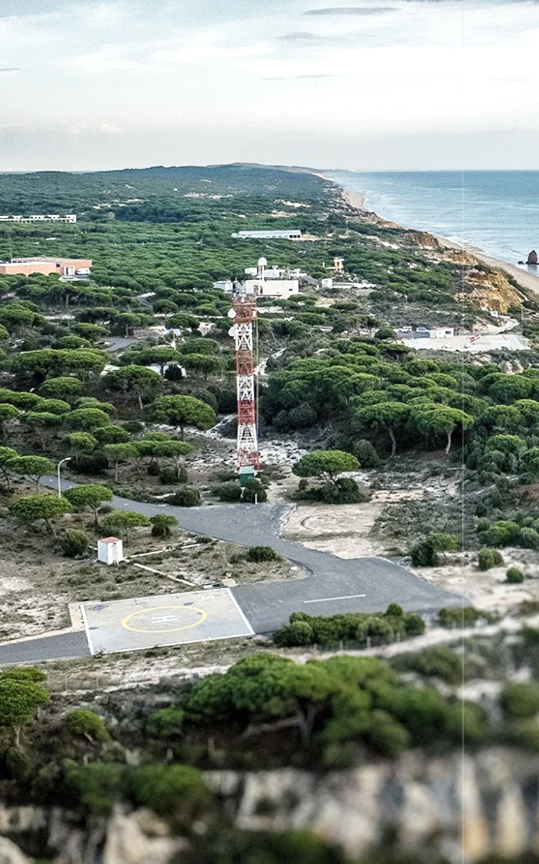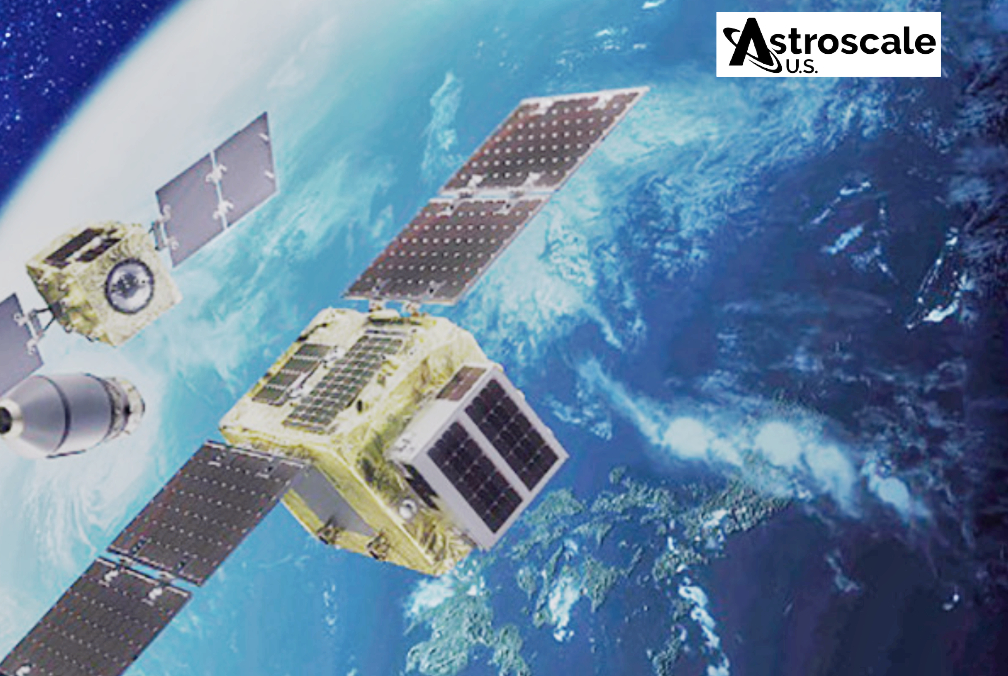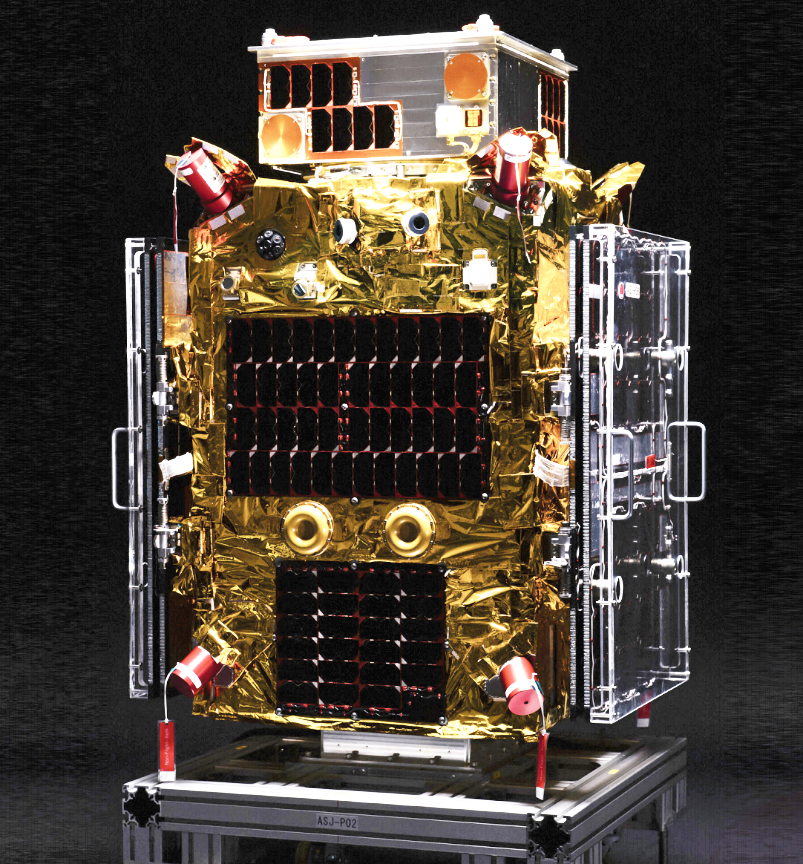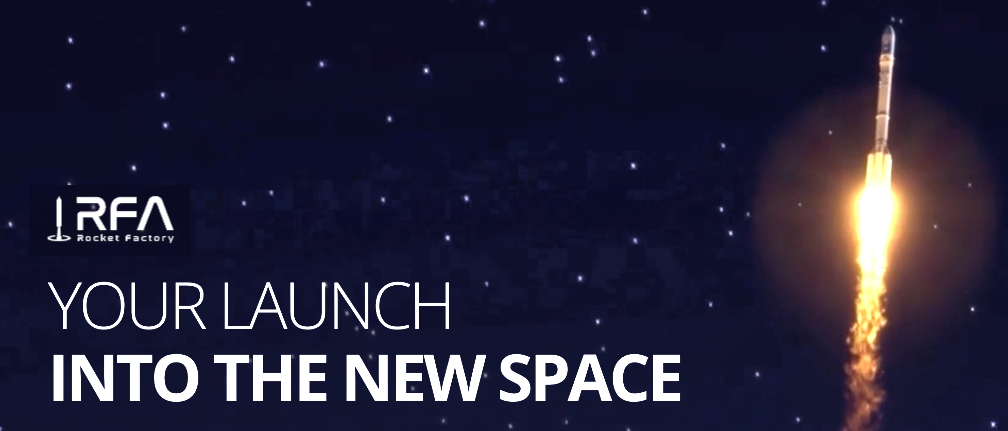
Lunar Research Service (LRS) and Rocket Factory Augsburg AG (RFA) have agreed on a launch service contract.
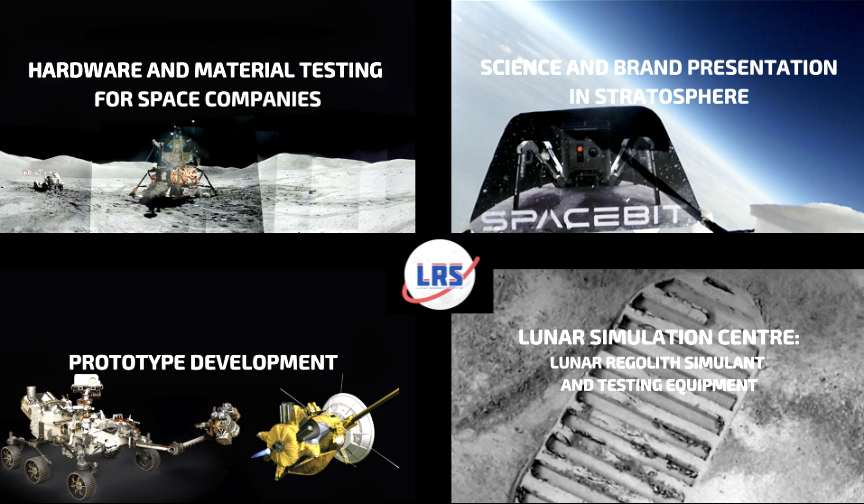
RFA will fly a research mission of Ukraine-based LRS with its RFA ONE micro launcher into LEO. The flight, which will take place at the close of 2022 from Andøya, Norway, will be the maiden flight of the German-developed launch vehicle.
Lunar Research Service will use the results of the mission to improve its ground-orbit communications and test a solar concentrator that will be used in the upcoming lunar mission. Among the features of the mission are proprietary satellite design and a developed in-house deployment system.
“Ride-sharing opportunities let new space companies quickly prove their technologies to customers as well as to investors. At the same time, our customers can significantly reduce their time-to-market. By helping startups, research labs and scientists at the earliest stages of their development, we form a solid foundation for long-term partnership during their technology testing,” said Dmytro Khmara, CEO of Lunar Research Service.
"We are very happy to sign with LRS as a customer on our first launch. The contract is a demonstration of our attractive rideshare service pricing. We are honored by the trust from LRS to embark on our maiden launch and are looking forward to its joint preparation. We can hardly wait and are eager to fly customers into orbit," says Jörn Spurmann, Chief Commercial Officer of RFA,” said Jörn Spurmann, Chief Commercial Officer of RFA.




